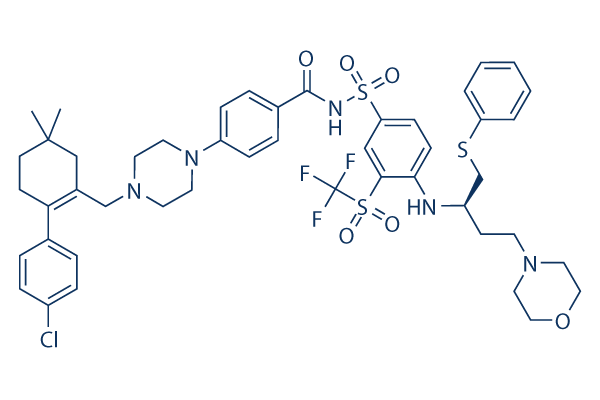A notable acquiring in our study is that MxA expressing thymocytes and pDC, were only existing in fetal and postnatal thymus tissues, but not in fetal spleen or lymph node or in adult peripheral blood. This prompted us to hunt for a stimulus which was only present during the thymus, but not during the peripheral lymphoid organs. We deemed the antimicrobial peptide LL 37 like a possible candidate based mostly on the latest report that LL 37 isolated from psoriasis skin lesions can bind DNA and set off XL184 849217-68-1 peripheral blood pDC to secrete IFN a by means of TLR 9. Precisely the same group reported that eukaryotic RNA LL 37 complexes trigger the secretion of IFN a by pDC by way of TLR7 activation. Much more not long ago it was demonstrated that IFN a secretion in response to CpG ODNs also can be mediated through the cytosolic sensors aspartate glutamate any amino acid aspartate histidine box helicase 36 and DHX9, and that is TLR7 and 9 independent but MyD88 dependent.
CAMP1, the gene encoding LL 37, is expressed in lots of tissues with the highest expression amounts in bone marrow selleck and thymus. Our outcomes show that LL 37 is largely expressed from the thymic medulla, although some expression was also observed during the cortex. The co localization of pDC and LL 37 from the thymic medulla where nucleic acids might be existing from thymocytes undergoing apoptosis due to adverse choice, suggests that LL 37 is known as a most likely set off for that constitutive secretion of IFN a inside the thymus. While it truly is acknowledged that macrophages will rapidly phagocytose apoptotic cells, we previously showed that apoptotic CD4 thymocytes will be recognized from the human thymus. We also found LL 37 expression in the fetal spleen, but as there is certainly very little apoptosis within this organ, it may be assumed that the lack of DNA accounts to the lack of IFN a secretion and subsequent MxA expression from the fetal spleen.
We previously reported that MxA is extremely expressed in pDC and  mature thymocytes in response to CpG or HIV 1 induced sort I IFN manufacturing. From the recent study we present that pDC constitutively express IFN a during the absence of microbial stimulation, and are very likely the key source of IFN a secretion during the thymus. The observation that pDC in normal thymus express high levels of MxA indicates they also responded to secreted IFN a in an autocrine vogue. This is often constant together with the notion that pDC utilize type I IFNs for their survival. It’s of note, that the imply fluorescence intensity of MxA is drastically larger in pDC than in other thymocyte subsets, though the explanation for this is often currently unclear.
mature thymocytes in response to CpG or HIV 1 induced sort I IFN manufacturing. From the recent study we present that pDC constitutively express IFN a during the absence of microbial stimulation, and are very likely the key source of IFN a secretion during the thymus. The observation that pDC in normal thymus express high levels of MxA indicates they also responded to secreted IFN a in an autocrine vogue. This is often constant together with the notion that pDC utilize type I IFNs for their survival. It’s of note, that the imply fluorescence intensity of MxA is drastically larger in pDC than in other thymocyte subsets, though the explanation for this is often currently unclear.
Aurora kinase B
Aurora kinase B was identified in humans by a polymerase chain reaction screen for kinases that are overexpressed in cancers
